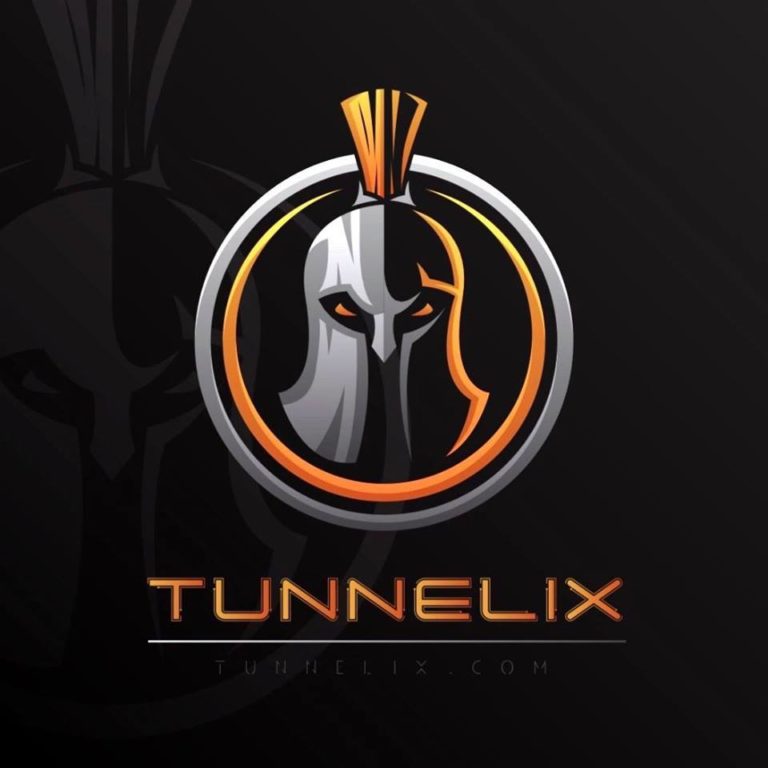Proof of Stake in Blockchain
Published: 2024-01-15 17:47:12
In some of my previous articles, I wrote about the Consensus protocol. If you had been following closely, you would have come across the term several times. I explained how Consensus is a mechanism by which participants in a distributed network agree on the state of the blockchain. Proof of Stake (PoS) is a way for blockchain networks to agree on which transactions are valid and should be added to the blockchain. Instead of using a lot of computer power (like in Proof of Work), PoS relies on participants who own and lock up some cryptocurrency. These participants, called validators, take turns creating new blocks and validating transactions based on the amount of cryptocurrency they hold and are willing to lock up.
Here are articles I recently published in the Blockchain/Crypto Section:
 Staking:
Staking:
- Imagine you want to have a special dinner at a popular restaurant. To secure a table, you have to pay a reservation fee and commit to spending a certain amount of money.
Block Creation:
- The restaurant has a group of chefs, each with a different level of experience and popularity. The more money you commit during the reservation, the higher the chance you have of being selected as the chef for the night.
Transaction Approval:
- As the selected chef, you get to cook and approve dishes for the night. The dishes represent transactions that customers want to make.
Rewards and Penalties:
- If you do a great job and the customers enjoy the dishes, you earn extra rewards like tips. However, if you prepare bad dishes or act dishonestly, you might lose some of the money you committed during the reservation.
So, Proof of Stake is like a restaurant where people with reservations (staked cryptocurrency) take turns being the chef (validator) to cook and approve transactions, earning rewards or facing penalties based on their performance. It's also good to understand that some Blockchain enthusiasts refer to Proof of Stake as
Virtual Mining.
In Mining (Proof of Work), miners bet more on the investment of hardware, and energy to win more blocks whereas in a Proof of Stake, investment is done on the nodes by securing the block. That is why the word "Stake".
In proof of stake, there are benefits like saving energy and being more efficient, cost reduction, more security, and scalability whilst there can also be real issues like long-term security, and it can defeat decentralization fundamental concept where big firms can dominate and stake more. Staking usually implies "long-term" goals, and we all know many flaws are detected over time when overtime flaws are discovered which eventually can cause a big loss in this game. What is sensitive in a Blockchain system, is if the dominating miners can compromise the system, Proof of Stake participants might quickly abandon the Blockchain because of the level of fear when compared to a centralized system which is much more regulated.
 Staking:
Staking:
